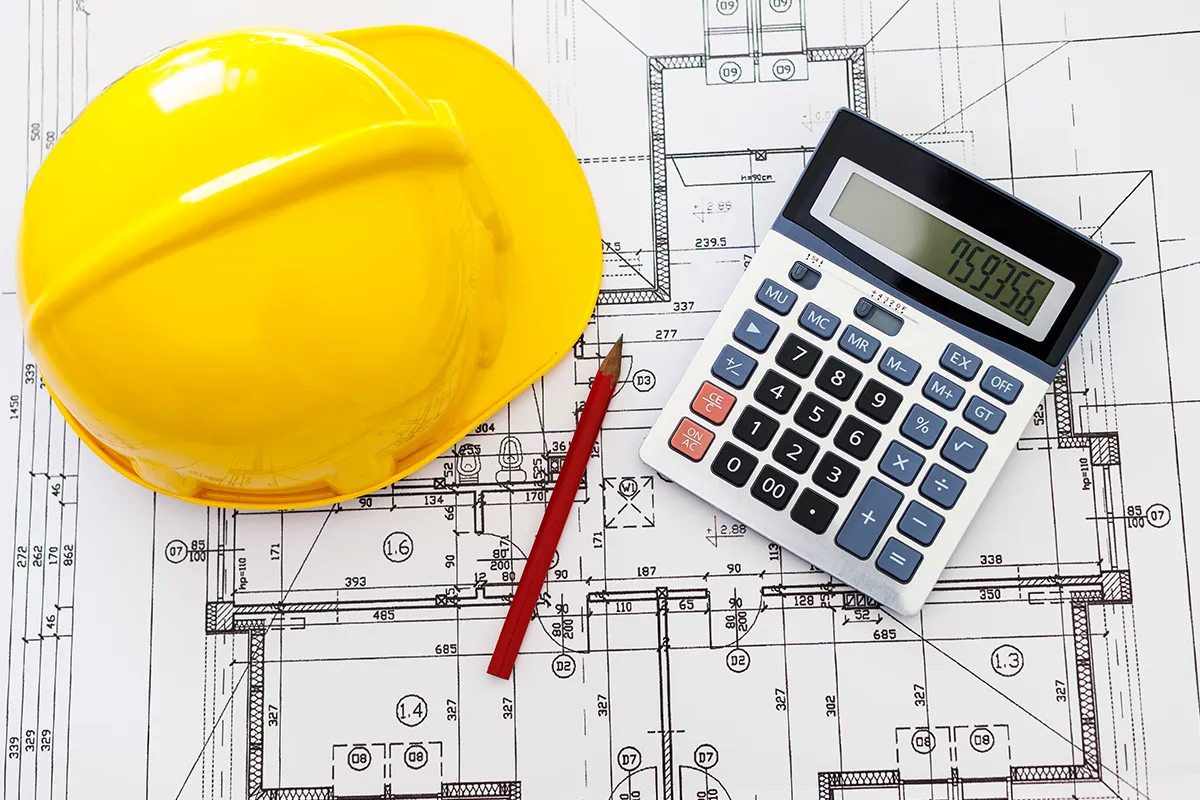
How Design-Build Supports Budget Management in Construction
In the complex world of commercial construction, managing a project's budget is as crucial as adhering to its timeline. Traditional project delivery methods often lead to budget overruns due to their segmented approach to design and construction. However, the design-build model presents a unified solution that not only streamlines the construction process but also provides significant budget management advantages. At Dutton & Garfield, Inc., we’ve mastered the art of utilizing the design-build approach to keep your project within budget without compromising on quality or efficiency.
The Integrated Approach of Design-Build
Design-build brings together design and construction functions under one roof, fostering a collaborative environment where all team members work towards a unified goal. This integration offers several budget management benefits:
- Single Source of Accountability: With both design and construction teams unified, there’s a single point of responsibility for the entire project. This minimizes the risks of miscommunication and discrepancies between design intent and construction realities, which can often lead to costly adjustments.
- Early Cost Estimation: In a design-build project, the budget is considered from the very beginning. The team can provide accurate cost estimations early on, allowing for more informed decision-making and financial planning.
- Value Engineering: Design-build facilitates value engineering, where the team explores various construction methods and materials to find cost-effective solutions that meet the project's objectives without sacrificing quality.
Streamlining the Decision-Making Process
One of the key ways design-build supports budget management is by streamlining the decision-making process. This has a direct impact on project costs in several ways:
- Faster Approvals: With a cohesive team working on the project from start to finish, decisions can be made quickly without the need to consult multiple parties. This expedites the project timeline and reduces administrative costs.
- Integrated Changes: Any changes needed during the construction process can be integrated more seamlessly, avoiding the extensive back-and-forth and redesign costs typical in traditional construction methods.
- Reduced Risk of Cost Overruns: The collaborative nature of design-build minimizes the risk of unexpected issues during construction that can lead to budget overruns. When designers and builders work together from the outset, they can foresee potential problems and address them before they escalate into costly fixes.
Enhanced Collaboration Leads to Cost Savings
The symbiotic relationship between the design and construction teams in a design-build project is a fertile ground for innovation and cost savings. This enhanced collaboration leads to:
- Efficient Use of Resources: By working closely together, designers and builders can optimize the use of materials and labor, reducing waste and unnecessary expenses.
- Innovative Solutions: The collaborative environment encourages creative problem-solving, often leading to innovative construction methods that save time and money without compromising on quality.
- Preemptive Problem Solving: Potential issues can be identified and resolved during the design phase, preventing costly changes and delays during construction.
Real-Time Budget Adjustments
Design-build projects benefit from the ability to make real-time adjustments without derailing the budget. This dynamic approach allows for:
- Adaptability to Changes: The integrated team can quickly adapt to changes in scope or materials while keeping a close eye on the budget, ensuring that any adjustments are made without significant financial impact.
- Transparency in Costs: Continuous communication within the team and with the client ensures that everyone is aware of the financial implications of design and construction decisions as they are made.
Long-Term Value of Design-Build Projects
Beyond the immediate budget management benefits, design-build projects offer long-term value that can significantly impact the total cost of ownership:
- Quality Construction: The cohesive workflow of design-build leads to higher quality construction, which translates into lower maintenance and repair costs over the life of the building.
- Energy Efficiency: Integrated design and construction often result in buildings that are more energy-efficient, leading to substantial savings in utility costs.
- Durable Solutions: By focusing on both the aesthetic and functional aspects of the building, design-build projects deliver durable solutions that stand the test of time.
Your Partner in Design-Build Excellence
At Dutton & Garfield, Inc., we understand the intricacies of managing a construction budget and the pivotal role the design-build approach plays in ensuring cost-efficiency without sacrificing quality. Our extensive experience and commitment to collaboration make us the ideal partner for your next commercial construction project. By choosing us, you're not just investing in a building; you're investing in a streamlined, transparent, and cost-effective construction process that delivers lasting value.
Ready to experience the benefits of design-build for your commercial project? Contact Dutton & Garfield, Inc. today to learn how we can help you achieve your construction goals within budget and beyond expectations.
